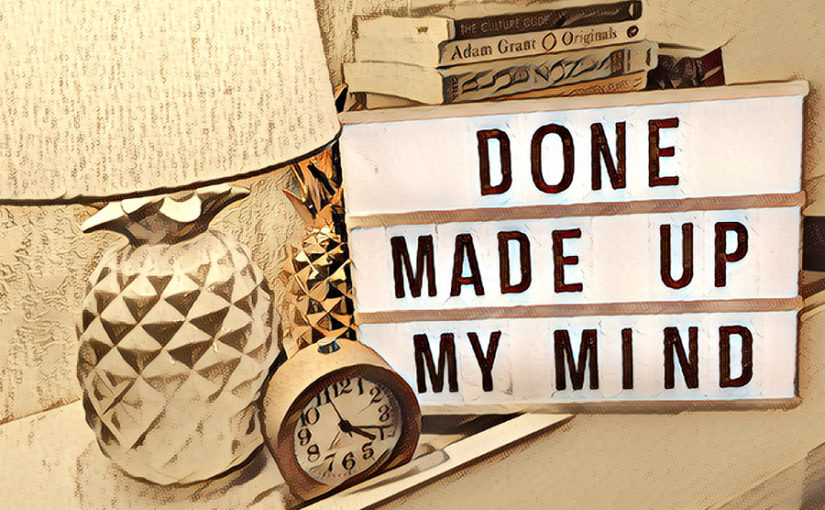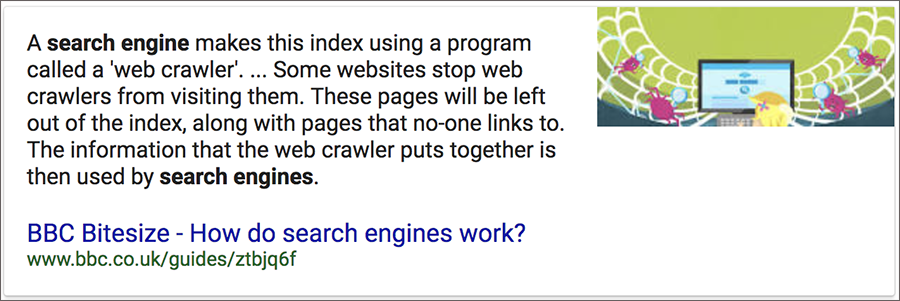Healthcare’s Miserable Business Model
Any of you familiar with The Innovator’s Prescription by Clayton Christensen? It’s a book that nails healthcare’s major problems right where it hurts (I leave the anatomical reference to your imagination)—and it starts at the top. Healthcare is an industry forged of multiple business models with more power players attached to it than mafia family heads in New York, Chicago, and Vegas collectively.
Ever sat in a meeting with a client and realized their goals are completely different than yours? Not only that, but it’s like they expect you to read their mind and magically intuit what it is they need and why they hate your solutions! It’s a communications nightmare!
There might have been a situation not too long ago where I sat in a meeting trying to understand why we were coddling a new provider so much. Why were we privileging them over our all the others who must abide by standard best practices that are modeled on protecting the institution’s best interests? Turns out that particular service has had trouble recruiting and keeping this particular type of specialist, forcing us to have to cede, enacting practices that aren’t necessarily optimal for our site users. (I am keeping this deliberately vague to protect the agitator.)
Why does it have to be that way? Lemme’ tell you why: We’re not all playing on the same field.
Nobody’s on the Same Page!
Nobody’s on the same page. Yeah, I just wrote that again ’cause I know you all relate. And I’m not just talking about seeing eye to eye and having things in common and striving for a company culture of unity. I’m talking about top-down bottom’s-up confusion built on multiple premises that we stupidly expect to play nice together.
If there’s anything that I’ve learned over and over and over again in 2017, it’s this: a siloed* department will not stand, or more importantly, will not bring about accolades, accomplishment, or awards-except on an insular individual-centric basis.
So we need to start keeping the bird’s eye view in mind, ’cause if we don’t rise above our siloes, we will continue to kick against the pricks, as it were.^ We need to listen and determine what our colleagues’ endgames are. Only this will help us craft more effective marketing plans and content strategies.
Models of Three, Leave Them Be
That classic mnemonic^^ could really be “models of three, leave them be,” as in don’t try and smush together things that don’t go together. But let me clarify that for you. As defined by Christensen in his prescription, healthcare is made up of three businesses:
1. Solution shops
2. Value-adding business processes
3. Facilitated business networks
We are perhaps most familiar with the solution shop: an entity diagnosing and providing solutions hoping to effect an improved outcome. That pretty much defines the most familiar healthcare business model we know. Providers see patients, compile data, and make a recommendation that we then pay for: fee for service.
The value adding model combines resources and people in a process to output a better product. A restaurant sources food, brings in a chef, and puts out extraordinary (we hope) food selections for us to choose from. In some cases this can be repetitive work, enabling optimization processes that can reduce overhead costs.
Hospitals and clinics bring people and resources together to provide care at lower prices than individual practices can often do. This can evolve into a fixed price system, embedded in equipment and processes.
And business networks. We are familiar with these via social networks, where we get recommendations from friends, keep in touch with peeps, and occasionally buy and sell things. This model offers a network that makes this possible. In healthcare this can be seen in professional business ties to treat chronic illnesses in a more effective manner or pass on knowledge to general practitioners (telehealth models).
The Bird’s Eye View
With three different business models, no wonder no one is on the same page!! No wonder doctors and subject matter experts can’t understand why we make the recommendations we do! They have almost completely different needs! Are they even operating under the same financial model that we are? In many healthcare organizations (or maybe I just mean mine), no!
For example, are healthcare providers individually reimbursed by health insurance separately per patient they bring in making it more effective to emphasize their personal practices? Or is there a blanket payment for sum total patients for the entire service area?
Almost every single group of providers I meet with has different needs. Some need to make money from out of pocket procedures, some need to recruit and retain providers/faculty, some are driven to separate out their own “practice” from the institution due to payment/reimbursement models that will benefit them. And yet others need to reduce hospital readmissions to maintain reimbursements or be penalized.
Lemme’ tell you, it may take awhile to get the lay of the land, but when you catch that bird’s eye view, it really starts to come into focus, albeit a little at a time.
The Proposition
(Remember There Is Always More to the Situation Than Meets the Eye)
So where does that leave us professionals? Hopefully not on the couch at 2 am watching Are You Being Served and trying to think of how to make everybody happy. Because the reality is, nobody’s happy, and nobody’s going to be happy, as long as we continue to operate in siloes. Let me adjust that sentence. The people who are happiest tend to be at the top of the heap in their silo OR the people who actively choose to take the best from their situation and squeeze lemon juice onto their salads.**
What I’m trying to say, in this delightfully amusing (I hope) yet informative post, is that if the confusion starts at the top, we need to realize that and include that in our work satisfaction calculations. What I’m proposing here colleagues, is that we recognize and validate others in their own business models.
We need to figure out what their end goals are before we can effectively diagnose and make recommendations for effective marketing, management, or content strategies. We need to keep the bird’s-eye view in mind.
*Btw, siloed is actually a verb-I just double checked. Silo can be either a noun, a verb, or an adjective referencing isolation, to isolate, or isolated.
^This is a Biblical reference, and a disgusting one. I will leave it up to you to suss out the hairy details however.
^^You know, after that mnemonic about poison ivy “leaves of three, leave them be…”; a mnemonic, might I add, that was no help when I ventured in to some stinging nettle across the pond. Did our wilderness trainers never consider that we might venture farther abroad than our own back woods? Don’t answer that.
**We are sooooooo tired of lemonade. Unless it’s pink. Then I could be persuaded. What about shocking pink? (Elsa Schiaparelli’s signature color and one I came to appreciate when working for a costume designer whose love for it was almost as great as mine has now become. There were sequined dresses.)





